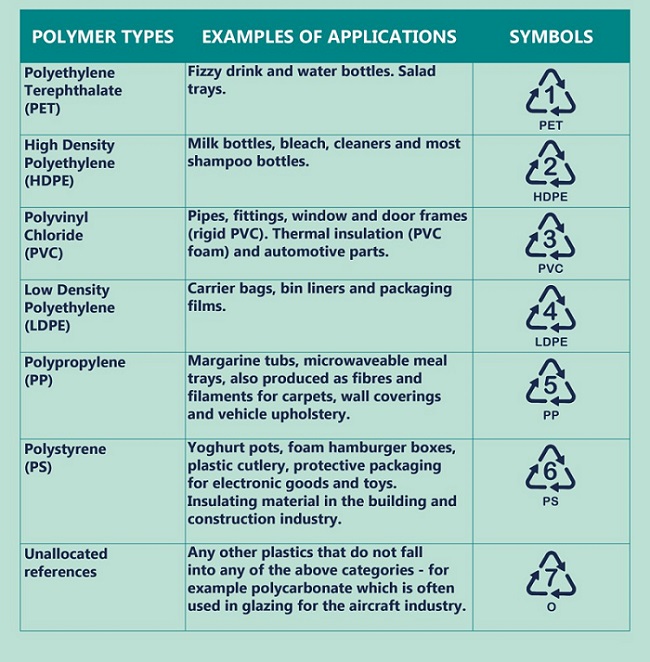The United States has confirmed providing long-range Army Tactical Missile Systems (ATACMS) to Ukraine to aid its war effort against Russia.
Operation Desert Shield and Desert Storm are the 42 country coalition led by the United States against Iraq
Cluster munitions as per Convention on Cluster Munitions means a “conventional munition that is designed to disperse or release explosive submunitions each weighing less than 20 kilograms, and includes those explosive submunitions”.
Reference
Indian Express- What is Army Tactical Missile System
The Geneva based UN body will review India’s human rights accreditation status
|
Status |
About |
|
A status |
|
|
B status |
|
India being accredited in 1999 had retained its A ranking in 2006 and 2011, while its status was deferred in 2016 and restored after a year
References
Biohacking is picking up in India, with followers trying everything from cryotherapy to IV therapy.
|
Benefits |
Challenges |
|
|
References
India’s first synchronised census of endangered Nilgiri Tahr will be conducted under Project Nilgiri Tahr by Tamil Nadu and Kerala.
Every 12 years, this place will be carpeted with blue due to the mass flowering of Neelakurinji flowers
Project Nilgiri Tahr
First synchronised survey
References
Between 2021 and 2024, the number of chemicals reported to be used by the plastic industry has gone up from around 10,000 to 16,000
Common plastics like PET bottles are made from Purified Teraphthalic Acid (PTA) and Monoethylene Glycol (MEG) both of which are high volume products made in the petrochemical industry.

As per Environmental Science and Research over 10,500 chemicals are used in making plastics including monomers, processing aids and additives, these chemicals determine properties like durability and flexibility.
|
Environmental convention |
About |
|
Rotterdam convention |
It mandates a Prior Informed Consent (PIC) on trading of some chemicals |
|
Stockholm convention |
To protect human health and the environment from Persistent Organic Pollutants. |
|
Montreal protocol |
It led to freeze the production and consumption of ozone-depleting substances including CFCs. -depleting substances |
REACH
India’s initiative
References
Preparing for the Union Public Service Commission (UPSC) examination is a rigorous process that requires not just knowledge of various subjects but also a thorough understanding of current affairs. The UPSC syllabus covers a vast range of topics, and current affairs play a significant role in shaping the exam questions. Aspirants need to stay updated with the latest happenings in India and the world to crack the exam successfully. One of the most reliable sources of current affairs for UPSC is the IAS Parliament.
The IAS Parliament is a platform that provides the latest news and insights on Government Policies & Schemes, bills, and acts. It is an excellent resource for UPSC aspirants who want to keep themselves informed about the latest developments in Indian Politics, Indian Economy, and society. The platform provides regular updates on the functioning of the government and its various departments, making it an ideal source for current affairs preparation.
The IAS Parliament covers a wide range of topics, including agriculture, education, health, environment, technology, and more. Aspirants can access the platform through its website or app and stay updated with the Latest News and Information. The platform also offers a daily news digest, which summarizes the most important news of the day. This feature is particularly useful for those who are short on time and need a quick overview of the day and events.
In addition to news updates, the IAS Parliament also offers in-depth analysis and expert opinions on various issues. The platform has a team of experts who provide Insightful Articles on current affairs, which are beneficial for aspirants looking to develop a deeper understanding of a topic. These articles also help aspirants form an opinion on a particular issue, which is useful for the Essay Paper in the UPSC exam.
Apart from news and analysis, the IAS Parliament also provides resources for aspirants to enhance their knowledge of current affairs. The platform has a section on 'Current Affairs for UPSC,' which offers a comprehensive coverage of various topics such as Indian Polity, Economy, and International Relations. These resources are updated regularly, ensuring that aspirants have access to the latest information.
The IAS Parliament also offers a UPSC Quiz section, where aspirants can test their knowledge of current affairs. These quizzes are based on the latest news and help aspirants assess their level of preparation. Aspirants can also participate in UPSC Daily Quizzes and track their progress over time.
The IAS Parliament is an excellent resource for UPSC aspirants who are looking to stay updated with the latest developments in India and the world. The platform provides reliable and comprehensive coverage of current affairs, making it an ideal source for aspirants preparing for the UPSC exam. The resources offered by the platform are not just limited to news and analysis but also include quizzes and resources to enhance knowledge. The platform's user-friendly interface and regular updates make it a must-have resource for every UPSC aspirant.
In conclusion, keeping up with current affairs is a critical aspect of UPSC Preparation, and the IAS Parliament offers a reliable and comprehensive source for the same. Aspirants can leverage the platform's resources to stay informed and enhance their knowledge, making them better prepared to tackle the UPSC exam. IAS Parliament is a one-stop-shop for all UPSC aspirants looking for a comprehensive and reliable source of current affairs information.
Also Read: